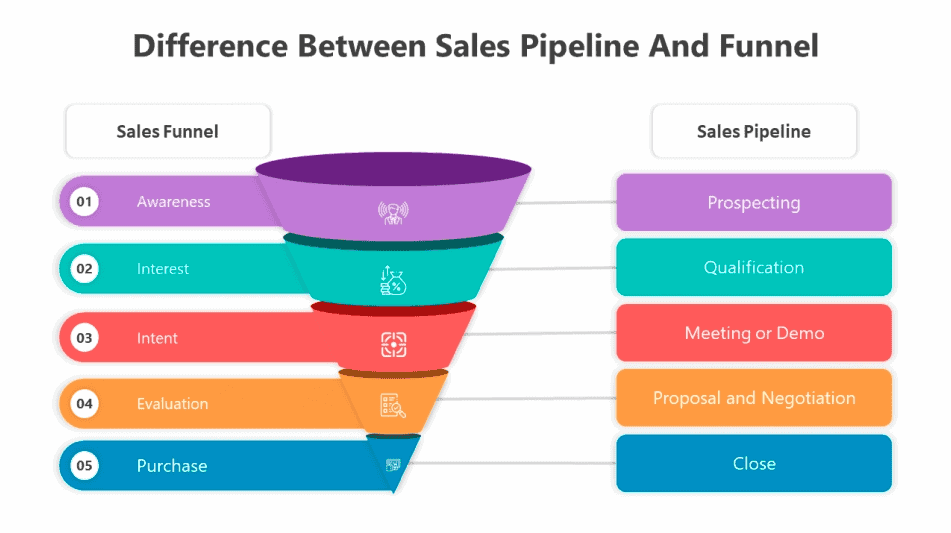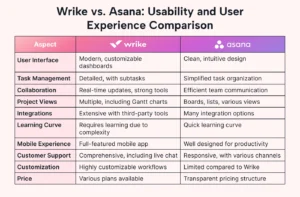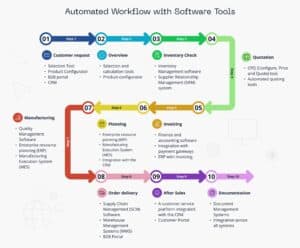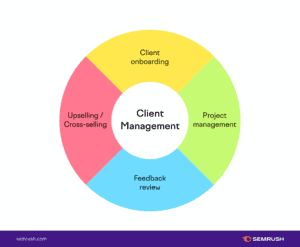Building a Strong Sales Pipeline for Agencies: Streamline Success and Boost Revenue
Your sales pipeline is the heart of your agency’s client acquisition strategy. When properly aligned, it can help you consistently land new clients and build long-term relationships, all while optimizing your process for maximum efficiency. In this guide, we’ll dive deep into why having a well-structured sales pipeline is essential for agency growth and how you can implement strategies to streamline your workflow and boost revenue.
Mastering a sales pipeline involves aligning your team and tools to create a seamless flow from prospecting to closing. It’s all about improving the efficiency of your sales process and driving consistent results that scale over time. Let’s explore the key components of building an optimized sales pipeline for agencies and the top tools you can use to make it happen.
Sales pipelines are essential for digital client management, giving agencies the structure they need to close deals faster and more efficiently. If you’re not using a sales pipeline yet, or if yours needs refinement, this article will help you get on the right track and grow your business sustainably.
What is a Sales Pipeline and Why is It Important for Agencies?
A sales pipeline is a visual representation of the stages that prospects go through before becoming clients. It’s a step-by-step process designed to move leads from initial contact through to the final sale. For agencies, having a defined sales pipeline helps you stay organized, track performance, and improve the client acquisition process.
A clear, well-structured sales pipeline allows your agency to:
- Track prospects as they move through the funnel, ensuring no potential client falls through the cracks.
- Identify bottlenecks in your sales process and optimize your team’s performance.
- Forecast revenue more accurately, helping you plan for growth and allocate resources effectively.
- Automate repetitive tasks, freeing your team to focus on building relationships and closing deals.
The Key Stages of a Sales Pipeline for Agencies
Understanding the stages of your sales pipeline is crucial to building one that works for your agency. While these stages may vary slightly depending on your business, most pipelines follow these core stages:
1. Lead Generation and Prospecting
This is where the sales process begins. Agencies often generate leads through various channels like inbound marketing, social media, networking, and referrals. Identifying high-quality leads at this stage is essential for maximizing efficiency in the later stages.
2. Qualification
Once leads are captured, the next step is to qualify them. Not all leads are created equal—some may not be a good fit for your services. At this stage, you should evaluate each lead’s needs and assess whether they align with what your agency offers.
3. Proposal and Pitch
For qualified leads, it’s time to present your value. This is typically done through a proposal or pitch where you outline your services, pricing, and expected results. Your ability to convey how your agency will solve their pain points is key to advancing to the next stage.
4. Negotiation
During this phase, leads may have questions or concerns about your proposal. Being prepared to handle objections and negotiate terms is critical. Keep the process smooth by having clear pricing, deliverables, and timelines.
5. Closing the Deal
The final step is getting the prospect to commit. This could mean signing a contract or agreement, at which point the lead becomes a client. A strong follow-up process ensures that any last-minute concerns are addressed, and the deal closes without delays.
6. Post-Sale Relationship Management
After the deal is closed, your job isn’t over. Ensuring client satisfaction and nurturing the relationship are essential for upselling, cross-selling, and getting referrals.
How to Optimize Your Sales Pipeline
Now that you understand the basic structure of a sales pipeline, let’s discuss how you can optimize it for better performance.
1. Automate Key Processes
Use tools to automate repetitive tasks like sending follow-up emails, scheduling appointments, and tracking client data. This reduces the administrative burden on your team, allowing them to focus on selling.
2. Use CRM Tools
A Customer Relationship Management (CRM) tool is essential for tracking leads, managing client interactions, and improving communication. CRMs help you centralize client information, making it easier to manage relationships and follow up at the right times.
3. Align Sales and Marketing
Your sales pipeline will be far more effective when your sales and marketing teams are aligned. Ensure both departments work together to define lead generation goals, messaging, and metrics. This alignment ensures a steady flow of qualified leads into the pipeline.
4. Regularly Review and Adjust Your Pipeline
Your pipeline isn’t set in stone. Regularly review its performance and make adjustments as needed. If you notice a stage where leads are frequently dropping off, focus on refining that area to improve conversion rates.
Top Tools to Simplify and Scale Your Sales Pipeline
With the right tools, managing your sales pipeline can be a streamlined and efficient process. Here are some of the top tools that will help your agency succeed:
- HubSpot CRM: Free, easy to use, and packed with features that help you track leads and manage your sales pipeline efficiently.
- Pipedrive: Offers a visual sales pipeline that makes it easy to track progress and identify bottlenecks.
- Vendasta: A comprehensive platform for agencies that helps manage digital client relationships, including CRM, sales pipelines, and more.
- SharpSpring: A powerful tool for marketing automation and sales pipeline management, ideal for agencies.
- Keap: Formerly Infusionsoft, Keap is a popular CRM that helps agencies manage sales pipelines and client interactions.
- Salesforce: A robust CRM tool widely used by agencies to handle everything from lead generation to post-sale management.
FAQs
What is a sales pipeline in an agency setting?
A sales pipeline in an agency setting is a structured process for managing and tracking potential clients from initial contact to closing the deal.
How does a sales pipeline benefit my agency?
A sales pipeline helps you organize leads, forecast revenue, streamline the sales process, and identify areas for improvement.
What are the most important stages in a sales pipeline?
The most important stages include lead generation, qualification, proposal, negotiation, closing, and post-sale relationship management.
Which tools should I use to manage my sales pipeline?
Popular tools include HubSpot CRM, Vendasta, Pipedrive, and Keap, all of which help agencies manage and optimize their sales pipelines effectively.
How can I automate my sales pipeline?
Use CRM tools to automate repetitive tasks like follow-ups, lead scoring, and data entry, freeing up time for relationship building.
What is the difference between a CRM and a sales pipeline?
A CRM is a tool used to manage customer data and relationships, while a sales pipeline is a process or flow that helps move leads through different sales stages.
How often should I review my sales pipeline?
It’s a good idea to review your sales pipeline quarterly, adjusting processes as needed to optimize performance.
Top Tools to Simplify and Scale Your Business
- HubSpot CRM: A top-rated tool for managing sales pipelines, leads, and client interactions.
- Pipedrive: Known for its user-friendly interface and strong visual sales pipeline features.
- Vendasta: Provides a full digital client management system with CRM integration.
- Keap: A favorite for agencies managing both sales pipelines and customer data.
- SharpSpring: Helps agencies automate both marketing and sales processes, ideal for scaling.
Keywords:
sales pipeline, agency sales tools, CRM for agencies, sales automation, lead generation, sales optimization, sales funnel management







